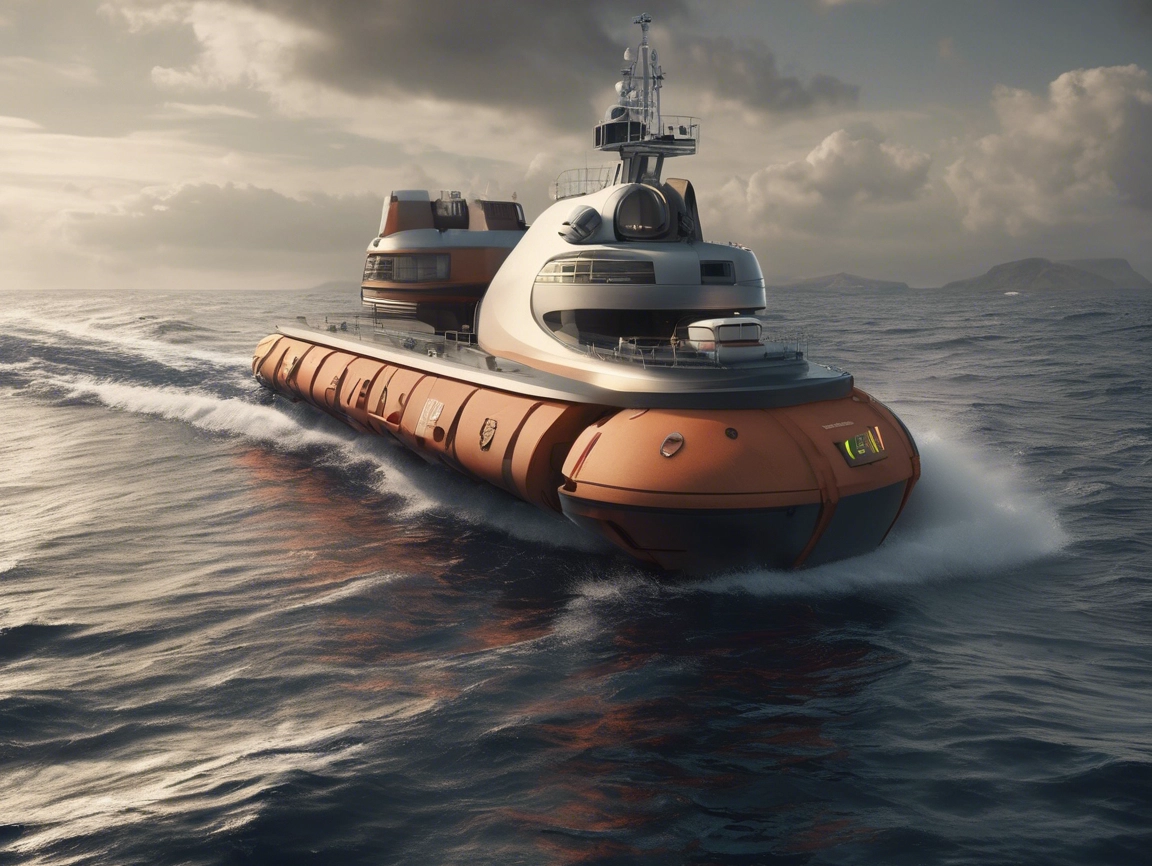How Autonomous Boats Are Changing Ocean Exploration
Oceans cover more than 70% of our planet, yet we’ve mapped more of Mars than we have of Earth’s seafloor. That’s changing — fast — thanks to the rise of autonomous boats. These smart, sensor-loaded vessels don’t need a captain or crew. Instead, they roam the oceans collecting data, monitoring marine life, and unlocking deep-sea mysteries — all on their own.
And the best part? They’re already making a massive impact.
What Exactly Is an Autonomous Boat?
Think of an autonomous boat as the ocean’s version of a self-driving car — but tougher and way more adventurous. Officially called Uncrewed Surface Vessels (USVs), these boats are equipped with:
- GPS and satellite communication
- Sonar and radar systems
- Wind, temperature, and wave sensors
- Onboard AI that adapts to ocean conditions in real time
Some are powered by solar panels. Others harness wind or hybrid propulsion systems. All are built for endurance and precision in remote environments.
Where These Boats Are Already Making Waves
These aren’t prototypes — they’re actively working right now across a wide range of missions:
- Climate research: Monitoring sea temperatures, salinity, and carbon levels
- Wildlife tracking: Observing whale migrations and fish populations
- Pollution mapping: Identifying plastic clusters and oil spills
- Coastal defense: Patrolling for illegal fishing and security threats
- Seafloor mapping: Charting unknown underwater terrain
Case in point? The Saildrone Explorer — a wind-powered USV that circumnavigated Antarctica collecting climate data during brutal storms. No human on board. Just sensors, solar panels, and a whole lot of resilience.
Why Scientists (and Governments) Are All In
These vessels are cost-effective, reliable, and safer than traditional manned ships. Here’s why they’re catching on fast:
- They reduce risk — no need to send people into dangerous weather or waters
- They run for weeks or even months without refueling
- They collect continuous, high-quality data at scale
- They’re more affordable than operating research ships
- They can go where larger ships can’t — into ice fields, shallow reefs, or disaster zones
With oceans playing a key role in climate change, food supply, and global security, autonomous boats are becoming essential tools — not just cool tech.
Who’s Building Them and Why It Matters
Several companies and research groups are driving the movement:
- Saildrone: Known for long-range climate and fisheries data
- Ocean Infinity: Focused on deep-sea mapping and robotics
- Sea Machines: Adds autonomy to existing commercial vessels
- Autonaut: Develops wave-powered USVs for military and science
These aren’t startups experimenting in labs. They’re deployed, operational, and scaling fast.
The Challenges Still Ahead
Of course, no innovation is smooth sailing. Here are some of the current roadblocks:
- Maritime laws are still catching up to autonomy
- Cybersecurity is critical with so much remote control
- Sensor overload: Boats collect huge volumes of data — it has to be sorted and analyzed
- Interference with shipping lanes and human-piloted vessels can be tricky to manage
But with every voyage, the tech improves — and so do the insights.
Final Thoughts: The Next Frontier Starts at Sea
Ocean exploration used to be slow, risky, and expensive. Autonomous boats are rewriting the playbook. With a combination of artificial intelligence, renewable power, and cutting-edge sensors, we’re now exploring more ocean faster than ever before — and learning how to protect it in the process.
It’s tech with purpose. And that’s the kind of future we like to nerd out about.









